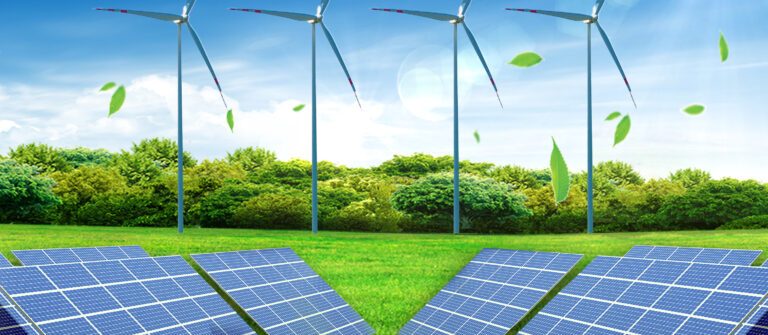Reports of National Energy Administration representatives stating China would add 120GW in wind and solar power generation in 2021 during the Power Sector Roundtable.
On December 12, China promised at the Climate Ambition Summit that by 2030, China’s carbon dioxide emissions per unit of GDP will be reduced by more than 65% compared with 2005, the proportion of non-fossil fuel energy in primary energy consumption will reach 25%, forest stock volume will increase by 6 billion cubic meters compared with 2005, and the total installed capacity of wind power and solar power generation will reach more than 1.2 billion kilowatts. According to industry estimates, if the proportion of non-fossil fuel energy increases to 20% from 2021 to 2025, the average annual installed capacity of photovoltaic and wind power would have to reach 100GW and 30GW respectively; if the proportion of non-fossil fuel energy increases to 25% from 2026 to 2030, the average annual installed capacity of photovoltaic wind power would have to reach 190GW and 45GW respectively.
Based on these estimations, the goal put forth by the National Energy Administration for 2021 should not be considered a surprise. Now, with the goal set, what steps have to be taken to achieve it?
In recent years, China’s wind power and solar power generation capacity has maintained a rapid growth trend. From 2014 to 2019, the combined newly installed wind power and solar power generation capacity in China has been 33GW, 48GW, 54GW, 68GW, 65GW, and 56GW respectively. So far this year, 46GW has been added from January to October.
Historically, the most solar capacity China added in one year was 53.06GW in 2017 and the most amount of wind capacity China has added was 30,75GW in 2015. Combining even the two most successful years, we would still only get 84GW in newly added capacity and would need an additional 43% to reach the 120GW goal set for 2021.
Achieving the 2021 target will prove to be very difficult because growth in newly installed capacity relies on the whole industrial chain and not just on a certain link. Taking the solar industry as an example, will enough silicon materials be supplied to aid in achieving this goal? Will there be another supply and demand imbalance like the one experienced by the industry in the first half of this year? Will solar-grade glass capacity expand at a pace that could support this growth? These are all problems that need to be addressed.
Suppose that the issues on the product side are solved with relative ease, what about the issues such as taxation and consumption on the user side? In 2020, the power grid’s consumption capacity of wind power is 36.65GW and 48.45GW for solar power, totaling 85.1GW. How can the grid consumption capacity be upped to support 120GW in 2021?
What may seem to be an impossible task to achieve may not be so daunting if we consider the strength of the Chinese government’s top-down implementation of strategies once a goal has been set as seen with the bidding and implementation of the 2008 Olympic Games and the fight again the pandemic this year.
The next goals of achieving carbon emission peak by 2030 and carbon neutrality by 2060 have been set by the State, and the country has to start taking action now. Ren Yuzhi, Deputy Director of the National Energy Administration’s New Energy Department, said at the 2020 CPIA annual conference that, “in order to meet the monumental goal of carbon neutrality, it is necessary to mobilize the strength of various government departments, industries, and society as a whole.”
The goal of adding 120GW in new wind and solar capacity in 2021 will prove to be difficult but not hopeless with the support of local governments at all levels, photovoltaic manufacturing enterprises, photovoltaic power generation enterprises, including power grid companies and traditional energy enterprises.
